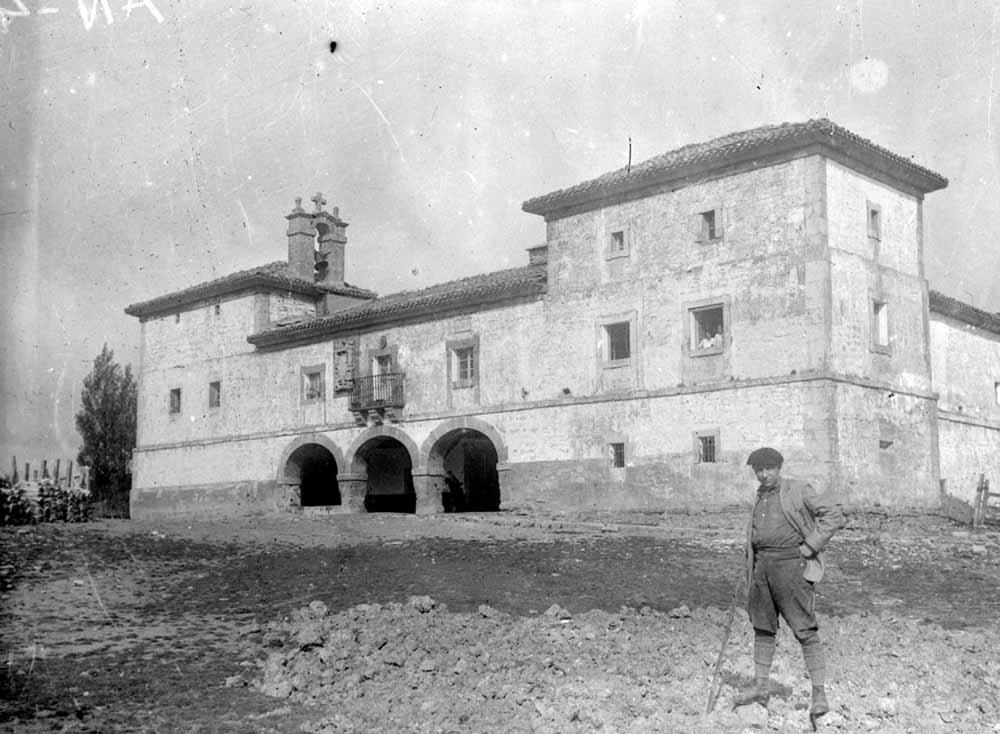
- Sierra de Urbasa (Navarra), 1699. The construction works of a palace by order of the Marquis de Bakedano, Fernando Ramírez, began in that isolated place and ended six years later.

The order, in principle, came from higher; the prosecutor of the Kingdom of Spain decided that a palace and a prison were needed there, communicated his decision to the court of the Council of King and gave the order to the marquess, who had in his hands the civil and criminal jurisdiction of Urbased Andía.
The Marquis of Andía probably did not need it, so the Bakeberries had never had a solitary home, although for two centuries it belonged to the marquis of the property. However, it caused them headaches; before half a century, the building was about to fall, so they had to do renovation work.
They lived there only the servants of the Marquis and his chaplain. The pastors in the area, the farmers and those who went through it, at least, took refuge for a long time.
In 1915 it was bought by the entrepreneur Etxabarri of Olazti, who was dedicated to the wood sector, and converted into a hostel. The shelter, which was closed in 1976, is in an increasingly worse situation, despite the fact that it has been in the hands of the Government of Navarra since 1990.
Therefore, the Spanish institution Hispania Nostra, in charge of the protection of the cultural and natural heritage of the Spanish State, has included in its Red List the palace of Urbasa to denounce its loss. In total, in this list are currently 38 spaces and buildings of Hego Euskal Herria, among them the Teatro Bellas Artes de San Sebastián, the tower house of Zubileta de Barakaldo, the monastery of Santa María de Toloño, the weapon of Orbaizeta… But fortunately, in this crowded map there were red points that appear, today, green points.
One of them is very close to Urbasa in Eulate. It is a Cabo de los Alvarez palace, a Renaissance building destroyed in the Carlists Wars in 1835 by General Córdova. Two towers and one of their facades were still standing, but in an unfortunate state, until in 2010 the City of Eulate cleaned the Zarzal and fixed its editions.